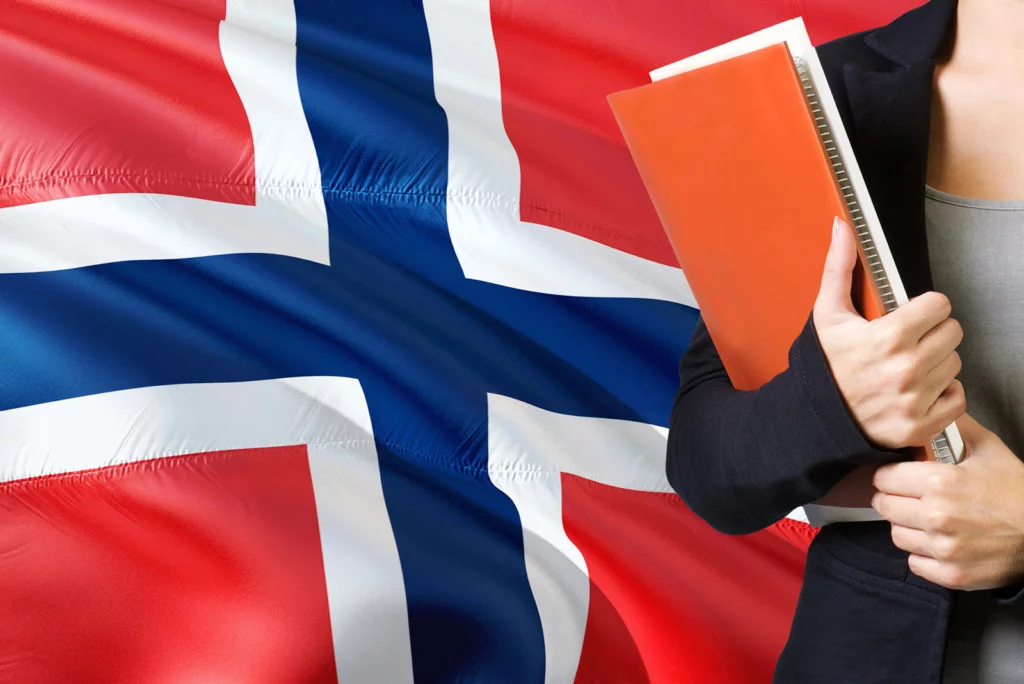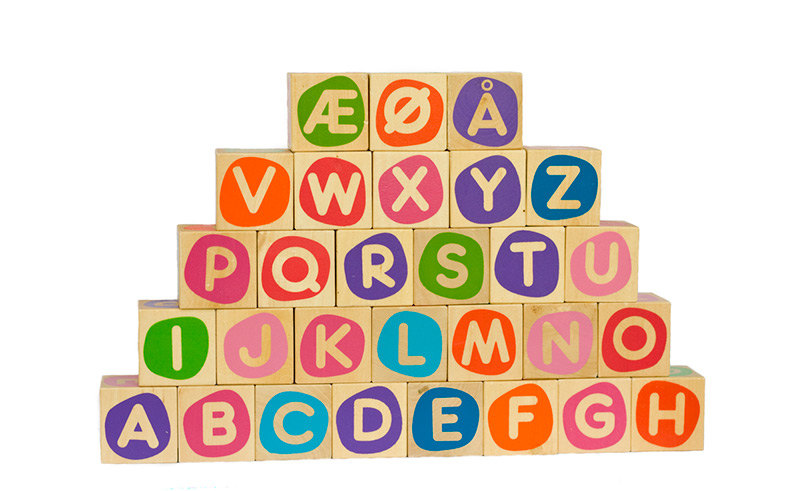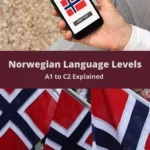Norway uses an international standard to assess ability in the Norwegian language. Here's what you need to know about the A1 to C2 levels.
If you're learning Norwegian, you'll soon come across the different levels of ability at which you can study and be assessed.

While these are meaningless at first, you'll soon be using them in conversations with other foreigners. For example: “I'm studying A2 at the moment, but I need to take the exam at B2 level to get a university place.” But what does all this mean?
The levels are actually an international standard designed to standardise the recognition of language comprehension. Understanding the levels is important for foreigners, as all Norwegian exams place you in one of the six categories.
Learn Norwegian Now: Norwegian Class 101 / The Mystery of Nils
This grading helps potential employers understand your Norwegian capability during a job application process. It's also used as part of the process for most people applying for permanent residence and citizenship.
Table of Contents
The CEFR levels explained
The Common European Framework of Reference for Languages (CEDR/CEFRL) is an international standard for assessing language ability. It was established by the Council of Europe.
There are six levels split over three tiers (A-C): A1, A2, B1, B2, C1 and C2. Simply put, the A levels are considered beginner, the B levels intermediate, and the C advanced.

Norwegian courses are generally taken one level at a time, with exams available at each level. You can take a written exam at, for example, A2-B1 level. You will be given questions at those levels and awarded either A2 or B1 depending on the quality of your answers.
It's very common to make progress at different speeds in the four different areas of language learning: speaking, writing, reading, listening. For example, many people (especially those familiar with Germanic languages) can achieve B1 at reading while they are still speaking at an A1 or A2 level.
Now, let's look into each level in a bit more detail.
Level A1/A2: Beginner Norwegian
The first two levels in learning Norwegian are usually grouped together into a comprehensive course for beginners. The goal is to take all four language skills to A2 level to prepare yourself for more detailed language learning.
To be awarded A1 level, you must understand and use basic expressions. You should be able to introduce yourself and ask others about themselves. Your speaking ability will be limited but you can interact simply as long as the other person speaks slowly and asks about basic topics.

At A1 level, you can write in simple sentences. For example: “Hei, jeg heter Marc. Jeg kommer fra Tyskland. Jeg er forsker.”
At A2 level, you can better use and understand everyday expressions in a variety of circumstances such as employment, school, travel and shopping. You will be able to complete routine tasks entirely in Norwegian. Your Norwegian is improving, but your ability to use the language is limited to topics you are familiar with.
An A2 level of spoken Norwegian is required for some forms of residence permit including citizenship, although this is set to be increased to B1 later this year.
Level B1/B2: Intermediate Norwegian
There is a notable jump in difficulty when you start the first intermediate stage, B1. This involves understanding and being able to use more complex sentences and grammatical concepts.
At B1 level, you should be able to write somewhat more complex texts about a topic you are interested in, with little prompting. You should be able to deal with most travel situations using Norwegian.

Aside from the more complex grammar, perhaps the biggest difference at B1 is the ability to write and talk more widely about your ambitions and express opinions on topics you're familiar with.
In Norway, many people need proof of B1 level competence in order to apply for citizenship. Exact requirements vary depending on your circumstances.
To help judge if you are at B1, here is a sample question from the writing exam, supplied by Kompetanse Norge:
Skriv en e-post til busselskapet. Skriv 80 ord eller mer. Busselskapet vil legge ned noen av bussrutene der du bor. Dette skaper problemer for deg og andre i nærmiljøet. Skriv en e-post til busselskapet og forklar hvorfor det er viktig at bussene går like ofte som før.
B2 level expands the competence required to understand and write about detailed topics that you are not so familiar with.
You should be able to understand a complicated technical text related to your field of expertise, and produce a good quality written text on many topics. Spoken interaction should be spontaneous on a wide range of topics, and you should be able to understand many dialects of spoken Norwegian.
Learn Norwegian Now: Norwegian Class 101 / The Mystery of Nils
In Norway, B2 level is required in order to begin study at a Norwegian school or higher education institution.
Level C1/C2: Advanced Norwegian
At the advanced levels, the required skills move from comprehension and being understood into the importance of precision in all four language skills.
Specifically, you should be able to effectively use the language in academic and professional situations, including reading and writing technical text. You will be able to interact with native Norwegians in professional situations with no issues.
Your comprehension of written Norwegian should include the ability to analyse hidden meanings in text, e.g. what the author intended to say.
Read more: The Norwegian Language Exams Explained
Many foreigners studying Norwegian take classes to get to B1/B2 level, then become more advanced simply through everyday use. Taking courses at C1/C2 level is not required for everyday situations. Employers that require such a high level of Norwegian may include schools and universities (for teaching positions).



Hi David,
a question about the exam, lets say i want to move to Norway, is it possible to apply for the exam from Australia for Example ?
is this exam required if i want to apply for work permit in Norway ?
Thank you